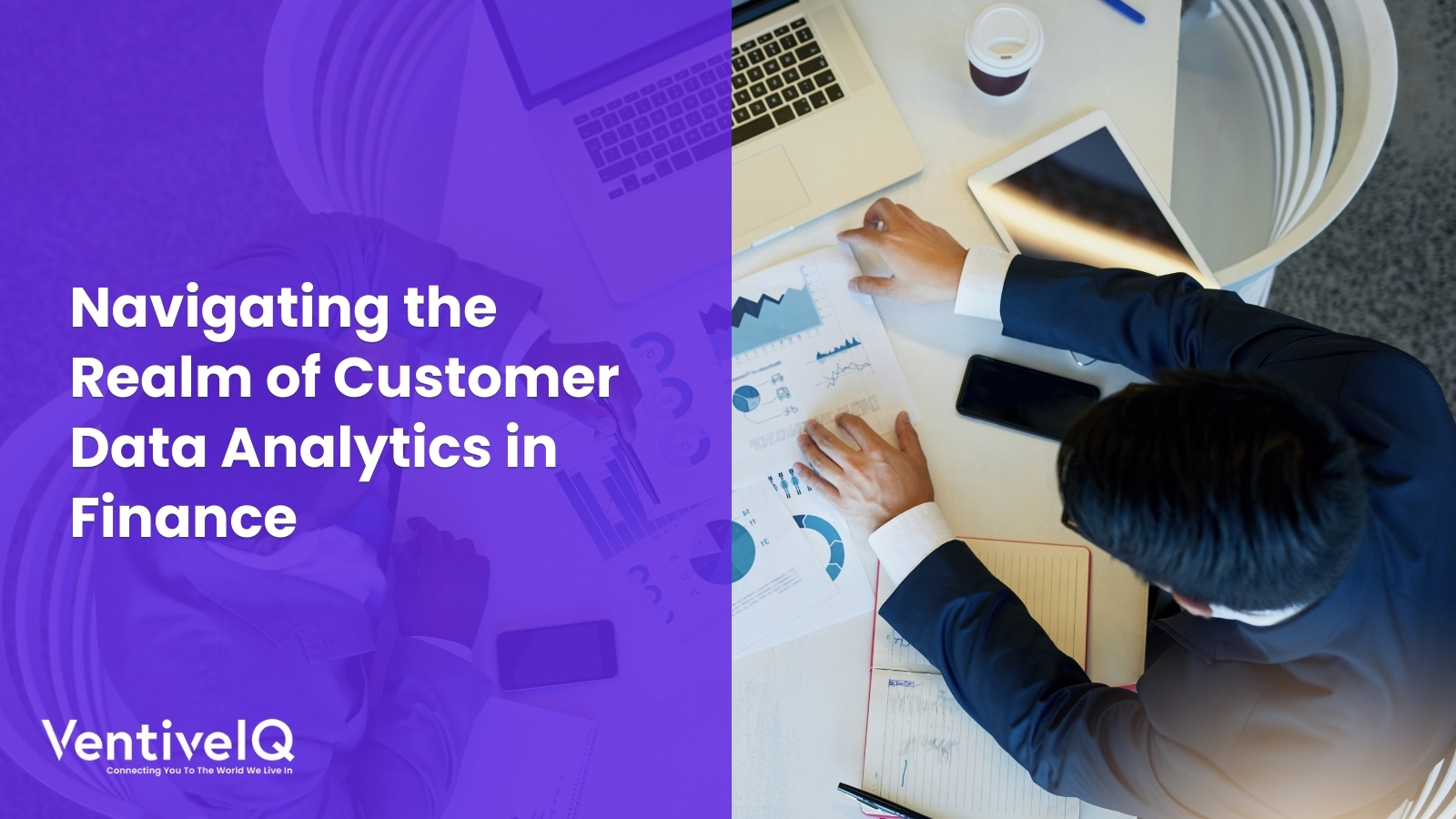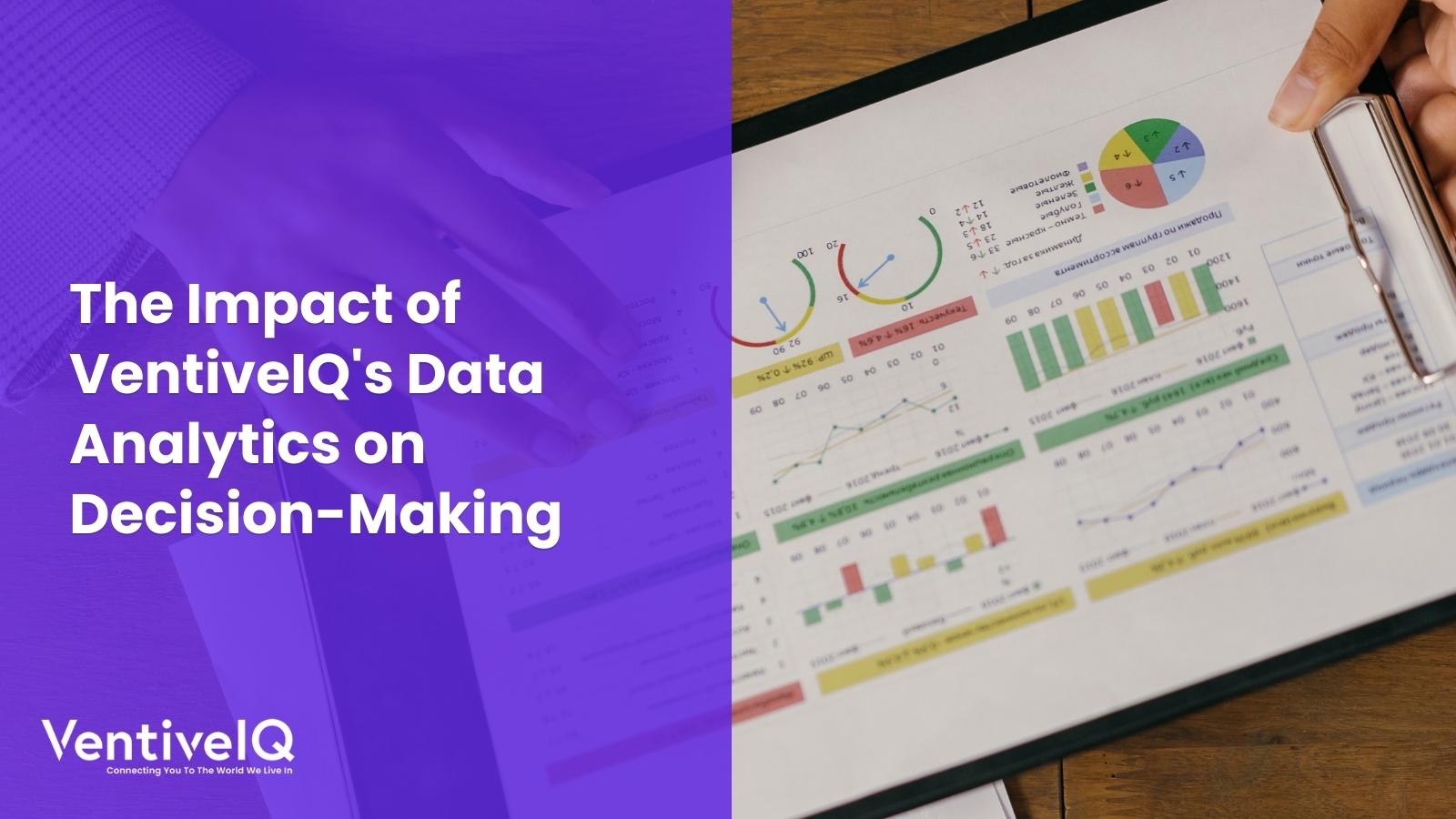Introduction
In today’s data-driven world, organizations have an abundance of information at their fingertips. However, the real challenge lies in effectively utilizing this data to make informed decisions that can drive success. In this blog post, we will explore the crucial role of data in decision-making and delve into practical strategies for harnessing its power to make better choices.

1. The Importance of Data-Driven Decision Making
- Data-driven decision making involves using empirical evidence and insights derived from data analysis to guide the decision-making process. It helps minimize biases and subjectivity, leading to more accurate and impactful decisions.
- By relying on data, organizations can gain a competitive advantage, optimize resource allocation, improve operational efficiency, and enhance customer experiences.
2. Identify the Right Data to Collect
- To make informed decisions, it is essential to identify and collect the right data. Start by understanding your business objectives and the specific questions you need to answer.
- Define key performance indicators (KPIs) and metrics that align with your goals. Consider both internal and external data sources, such as customer feedback, sales data, market trends, and industry benchmarks.
3. Ensure Data Quality and Accuracy
- High-quality data is crucial for making reliable decisions. Implement measures to ensure data accuracy, consistency, and integrity.
- Regularly clean and validate your data to eliminate duplicates, errors, and outliers. Employ data governance practices and establish protocols for data collection, storage, and maintenance.
See More: How data quality impacts automotive profiles
4. Data Analysis and Interpretation
- Once you have collected relevant data, the next step is to analyze and interpret it effectively.
- Utilize various analytical techniques such as statistical analysis, data mining, and predictive analytics.
- Visualize data through charts, graphs, and dashboards to uncover patterns, correlations, and trends. Look for insights that can guide decision-making and identify areas for improvement.

5. Embrace Technology and Automation
- Leverage technology tools and platforms to streamline data analysis and decision-making processes.
- Explore business intelligence software, data visualization tools, and machine learning algorithms that can help uncover hidden insights and automate repetitive tasks.
- By reducing manual effort and improving data accessibility, technology empowers decision-makers to focus on strategic thinking and innovation.
6. Incorporate Data in Decision-Making Frameworks
- Integrate data into your decision-making frameworks and processes. Establish a structured approach that ensures data is considered at each stage, from problem identification to evaluating alternatives and measuring outcomes.
- Incorporate data-driven elements into decision-making models like SWOT analysis, cost-benefit analysis, and scenario planning.
7. Foster a Data-Driven Culture
- Creating a data-driven culture within your organization is key to maximizing the impact of data on decision-making.
- Encourage data literacy and provide training to employees on data analysis techniques. Foster a collaborative environment where data is shared and discussed across departments.
- Reward and recognize individuals and teams that utilize data effectively in decision-making.
8. Monitor and Evaluate Outcomes
- Continuous monitoring and evaluation of outcomes are crucial to assess the effectiveness of decisions and adjust strategies as needed.
- Implement performance metrics and track progress against defined KPIs. Regularly review and analyze data to identify areas of improvement and make necessary adjustments to optimize decision-making processes.
9. Stay Agile and Adapt
- Data-driven decision making is an iterative process. Embrace agility and be open to adapting decisions based on new information and changing circumstances.
- Continuously refine your data collection and analysis methods to ensure they align with evolving business goals and industry trends.
Data can help you identify trends, make predictions, and optimize your processes. When used effectively, data can give you a competitive advantage.

Here are three examples of how data can be used to make better decisions:
- Businesses can use data to track customer behavior and preferences. Utilizing this information enables organizations to enhance customer service, innovate new products and services, and precisely target marketing campaigns.
- Governments can use data to track crime rates, traffic patterns, and other important metrics. This information can be used to allocate resources, improve public safety, and make better policy decisions.
- Individuals can use data to track their health, finances, and other important aspects of their lives. This information can be used to make better decisions about their health, finances, and other important areas.
VentiveIQ is a data-driven company that uses data to make better decisions. By using data, VentiveIQ is able to make better decisions that lead to improved customer satisfaction, increased sales, and greater profitability.
Here are three specific examples of how VentiveIQ uses data to make better decisions:
- VentiveIQ uses data to personalize marketing campaigns. By understanding what customers are interested in, VentiveIQ can target its marketing campaigns more effectively. This results in higher click-through rates, conversion rates, and customer lifetime value.
- VentiveIQ uses data to improve customer service. By tracking customer interactions, VentiveIQ can identify areas where it can improve its customer service. As a result, customers experience greater satisfaction, leading to a decrease in complaints and overall improved customer happiness.
- VentiveIQ uses data to make better product decisions. By understanding what customers are looking for, VentiveIQ can develop new products that meet their needs. This results in increased sales and market share.
VentiveIQ is just one example of a company that is using data to make better decisions. As more and more companies collect and analyze data, we can expect to see even more innovative ways to use data to improve our businesses and our lives.
Conclusion
In the era of information overload, using data effectively is a game-changer for organizations seeking to make better decisions. By identifying the right data, ensuring its quality, embracing technology, and fostering a data-driven culture, businesses can gain a competitive edge and achieve greater success.



